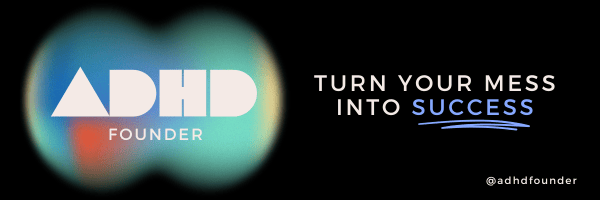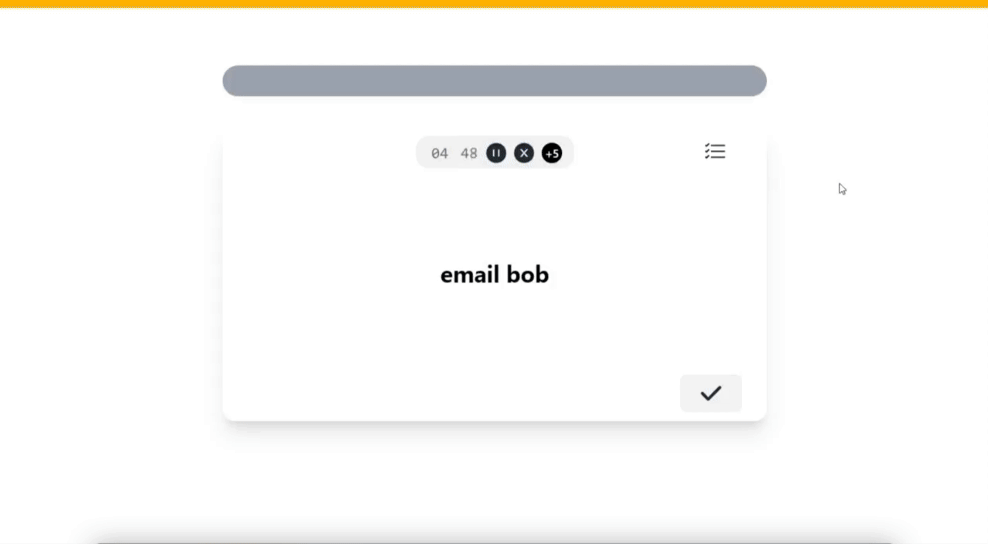- ADHDfounder
- Posts
- Lost in IKEA? Blame ADHD
Lost in IKEA? Blame ADHD
How one brain’s chaos built a furniture brand

Welcome back to ADHDfounder! You’ve heard of selective hearing (or have you? 😉). But how about selective discipline?
Selective discipline (noun): the phenomenon where an ADHD brain devotes 110% focus to a singular task while conveniently ignoring all others.
Person A: I stayed up all night researching ancient Egyptian farming techniques because it came up in a random YouTube video.
Person B: Sounds like a classic case of selective discipline. Did you at least finish your work project?
Person A: …What project?
Story time! As a kid, I used to wake up at 5 a.m. every day, no alarm needed. Not for school, not for chores, but for MapleStory. My brain would just know—it’s game time.
Me (left) scheming for my next MapleStory play 🔥🔥
I’d sneak downstairs before my parents woke up, get a couple of hours in, and then crawl back into bed like nothing happened. I didn’t just play; I dominated. Whether it was marbles, table tennis, or my own version of Flappy Bird, I thrived on competition and challenges.
But that focus only worked when I cared. A-ha! Selective discipline strikes again. I could hyperfocus on gaming for hours but couldn’t sit through a single class without zoning out. School felt like a system designed to make me fail—sitting still, doing things the “normal” way? None of that worked for me.
I stopped trying to fit in and started figuring out what worked for me. That meant gamifying tasks, embracing challenges, and leaning into my ADHD superpower: hyperfocus, when it counts.
Why this matters: Most systems are designed for the masses, not for you. Selective discipline can be a strength if you channel it into what truly matters. Rewriting your own rules isn’t just freeing—it’s how you thrive.
What’s one rule society tells you to follow that just doesn’t fit? And what would happen if you rewrote it?


Visual Timer

Funny enough… I actually made a visual timer app to help folks with ADHD
Ever sit down to work, blink, and suddenly it’s four hours later—or worse, four minutes, and you’ve already given up? Yup… I hear you.
That’s time blindness, a total disconnect between what you think time is and what it actually is.
The fix? Visual timers. A simple countdown clock you can see can turn time into something tangible. Watching the minutes tick away creates urgency and focus, giving your ADHD brain the nudge it needs to dive in.
Why it works: ADHD brains crave external structure. A visual timer transforms time from an abstract concept into something concrete, making it easier to start and stay on task.
(FYI: Digital and physical visual timers BOTH work)


Why ADHD was IKEA’s biggest advantage

Via New York Times
Ever get lost in IKEA, wondering why it feels like a maze?
Turns out, that might not be a coincidence. Ingvar Kamprad, IKEA’s founder, had ADHD and dyslexia—and his unique brain shaped every part of the business.
Case in point: Take IKEA’s iconic Swedish product names. Kamprad’s dyslexia made remembering product codes a nightmare, so he created a system that worked for him. Large furniture got names from Swedish places and garden furniture was named after islands he knew. This wasn’t just easier for Kamprad to manage—it became a defining feature of IKEA’s brand.
Together, his ADHD-fueled innovation and his dyslexia-inspired systems helped turn IKEA into one of the most recognizable furniture empires in the world.
The lesson? Kamprad didn’t fight his ADHD or dyslexia. His obstacles became part of IKEA’s success story.

That’s a wrap! Thriving with ADHD means playing to your strengths and building systems that work for you.
So, what’s your MapleStory moment? Hit reply and let me know how you’re rewriting the rules to fit your brain.
—Eugene (ADHDfounder) ✨
